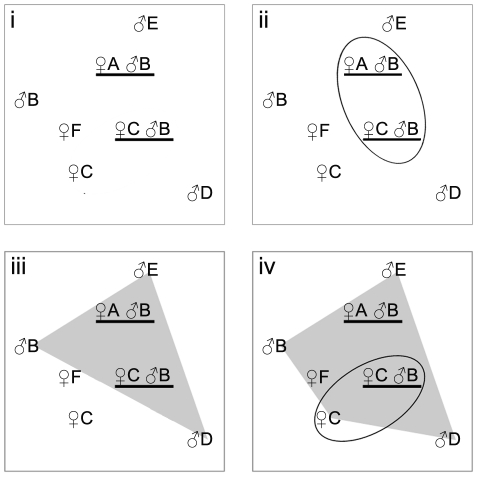Figure 1. Determination of chimpanzee group composition and minimum territory size.
Each letter represents an individual's genotype and its sampling location over the course of the entire study period. Females are denoted by ♀, males are denoted by ♂. Underlined samples were found at the same location on the same day. (i) Relative geographic locations of samples from individuals A through F (ii) Assuming that individuals found together belong to the same group, here male B links together samples A and C, thus A,B & C are all members of a single community. (iii) If males B, E & D all carry the same Y-haplotype we assume they belong to the same community and draw a minimum convex polygon (MCP) around these individuals. As chimpanzees are territorial, we assume that females found within this MCP belong to the males' community. Thus, individuals, A, B, C, D & E all belong to the same community. (iv) Because female C was found within the Y-haplotype defined MCP at one collection event, we can extend the MCP to include any other sampling events of female C. By doing so, female F now also falls within the MCP of the group so that individuals A, B, C, D, E & F all belong to the same group. See text for exceptions to these rules.

